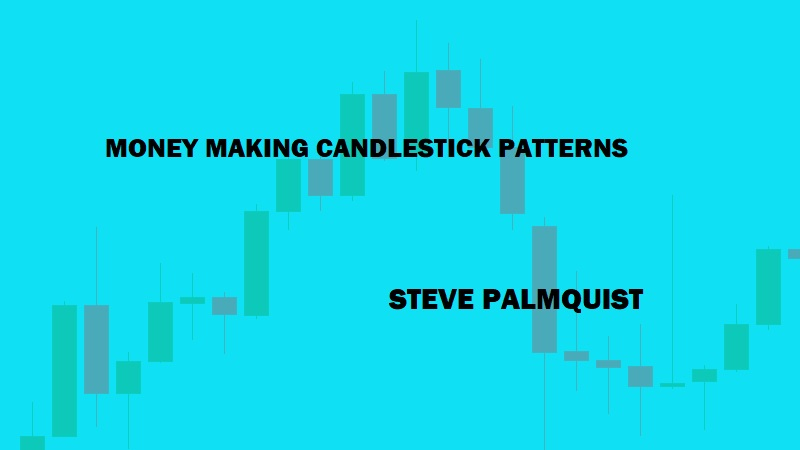Bearish Engulfing: A Powerful Reversal Pattern
Bearish engulfing patterns, Engulfing pattern in candlestick, Different types of patterns
Course: [ MONEY MAKING CANDLESTICK PATTERNS : Chapter 3: Bearish Engulfing Pattern ]

One of the most common questions I get from subscribers to my newsletter, The Timely Trades Letter, usually comes from new subscribers who wonder how I “knew” that a recent setup would trigger and be profitable.
BEARISH ENGULFING PATTERNS
One
of the most common questions I get from subscribers to my newsletter, The
Timely Trades Letter, usually comes from new subscribers who wonder how I “knew” that a recent setup would trigger and be
profitable. New traders tend to believe there is a magic indicator that will
tell them when a trade is going to work. This is not the case; there are no
fool proof indicators that work all the time. Trading is about finding patterns
that have favorable statistics, understanding how market conditions and various
parameters affect the statistics, and then trading the pattern using effective
money management techniques.
As
we’ve seen, in order to better understand the statistics for a trading pattern,
it can be backtested. Backtesting is not a guarantee of future results; it
simply provides the trader with a good understanding of how the trading pattern
has worked in the past. To build confidence that a trading pattern’s results
are likely to be replicated in the future, traders test them over hundreds or
thousands of cases. It is a reasonable bet that something that has worked
hundreds of times in the past has a reasonable chance of working in similar
conditions in the future.
Remember,
it is also important to test a potential trading pattern in multiple time
frames and in different market conditions to gain a better idea of its overall
performance and the type of market conditions in which it works best. You need
to backtest potential trading patterns because not every pattern tests well in
the long run. Knowing what not to trade may be just as important as knowing
what to trade.
DEFINITION OF BEARISH ENGULFING PATTERN
Let’s
take a closer look at the bearish engulfing pattern. A bearish engulfing
pattern may occur after a stock has been in an uptrend. The first day of this
two day pattern shows a white body indicating that the stock was still moving
up. The second day of the pattern has a black body that completely covers or
engulfs the body of the previous day. The top of the black body represents the
opening price, which has gapped up, and it is above the top of the previous
day’s body, which represents the closing price for the first day of the
pattern. After the open on the second day, the stock may move up further,
depending on whether the second day’s candlestick has a top shadow or tail.
Because the second day is a black candle, at some point during the day, the
sentiment reversed and the price started declining. This may signal a further
decline in the short term.
Figure 3.1 shows a bearish engulfing pattern
that occurred in CEM on 04/17/07. CEM was trending up during March and the
first half of April. On April 16, CEM showed a white bar followed by a black
bar on the following day that overlapped or engulfed the white body of 04/16.
The second day of the bearish engulfing pattern is marked by a down arrow in Figure 3.1. After the bearish engulfing pattern
occurred, CEM moved down more than 4% in the next five days, creating a
profitable short position.
FIGURE 3.1: BEARISH ENGULFING A PATTERN IN
CEM ON 4/17/07

If
the bearish engulfing pattern marked the end of an uptrend and moved down every
time it occurred, traders would quickly become rich by entering short positions
when they observed bearish engulfing patterns forming. Unfortunately in actual
practice, bearish engulfing patterns, like most trading patterns, have varying
degrees of success. Some of the patterns work quite well, others generate small
returns, and some lose. One of the tricks to trading patterns is to understand the
factors that maximize the probability of a profitable trade.
Figure 3.2 shows a bearish engulfing pattern
that occurred in DO on the same date, 04/17/07. In this case the bearish
engulfing pattern, marked by the down arrow, did not mark the beginning of a
significant change in trend as did the bearish engulfing pattern for CEM on the
same date. Shorting DO resulted in a profitable trade for the first three days,
followed by two days where the trade would have been about break even, followed
by a resumption of the original uptrend, which would have resulted in a loss if
the short position was held too long.
FIGURE 3.2: BEARISH ENGULFING PATTERN IN DO
ON 4/17/07

Figure 3.3 shows a third example of a bearish
engulfing pattern that occurred on the same date, 04/17/07. GGB formed a
bearish engulfing pattern on 04/17/07 as marked by the down arrow. In this
case, the stock continued moving up over the next two weeks and a short
position held for anywhere between one and 10 days would have been
unprofitable.
FIGURE 3.3: BEARISH ENGULFING PATTERN IN GGB
on 4/17/07

MONEY MAKING CANDLESTICK PATTERNS : Chapter 3: Bearish Engulfing Pattern : Tag: Candlestick Pattern Trading, Forex : Bearish engulfing patterns, Engulfing pattern in candlestick, Different types of patterns - Bearish Engulfing: A Powerful Reversal Pattern




